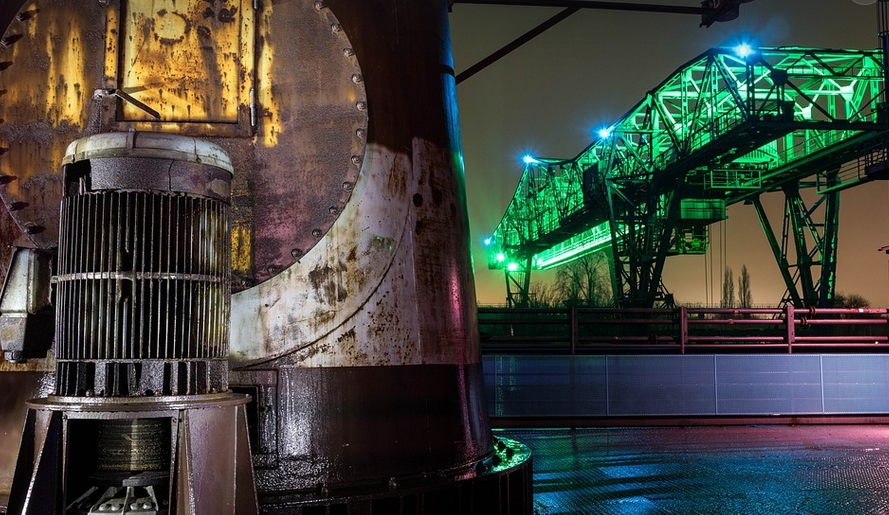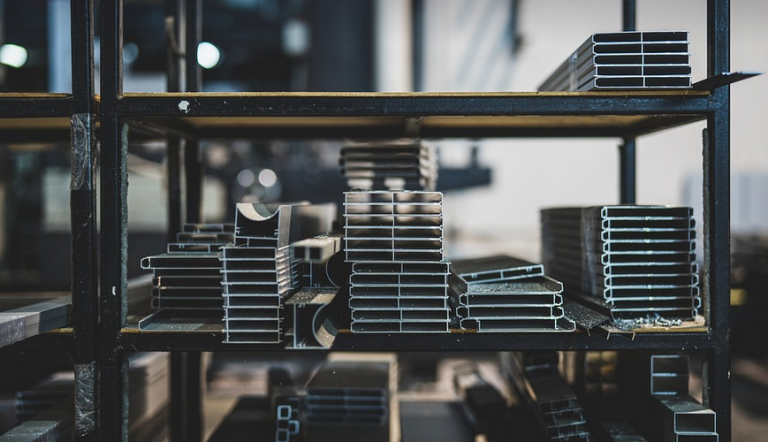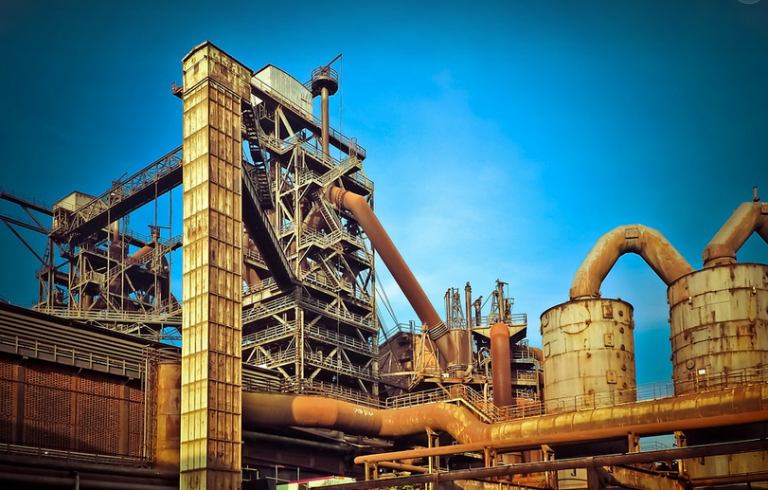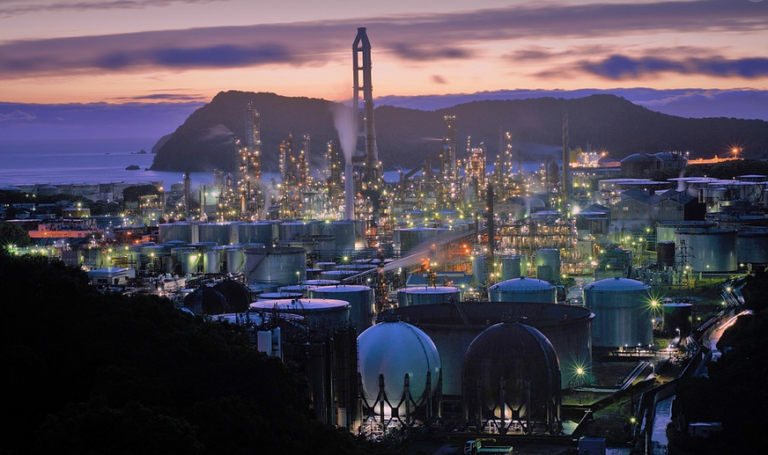
Understanding the Basics of Amperage
Welding, in its essence, is a process that joins metals together using heat and an electric current. At the heart of this process lies the role of amperage. Amperage is a measure of the electrical current flowing through a welding circuit. It’s essentially how much power—in terms of “juice”—is being pumped into your electrodes, driving the welding action.
Think of it like water flow in a pipe. A higher amperage represents a faster and stronger flow of electrons, which is essential for producing thicker welds with greater heat input to melt the metals together. This higher flow of electricity helps create a stronger bond than weaker currents can provide.
Why Amperage Matters in 6010 Welding
When it comes to welding rods like 6010, amperage plays a crucial role in determining weld bead profile and penetration. This particular rod, known for its versatility and ability to produce smooth welds on various metals, utilizes high-amperage settings for optimal performance.
The 6010 rod is often used in applications like:
- Pipe welding:
- Structural steel construction:
- Assembly work where precision and strength are paramount:
As you adjust the amperage, the heat output from the electrode changes. This change in heat is directly related to weld bead size, penetration, and overall quality.
Finding Your Perfect Amperage: The 6010 Welding Journey
Understanding how amperage affects welding is key, especially when using a 6010 rod. It’s like finding the sweet spot in a recipe—you need to find the right balance for optimal results.
A general guideline is that a starting point for 6010 welding with this rod is often set at a fairly high amperage—perhaps around 80-120 amps. It’s crucial not to ignore the welder’s instructions and specifications for your particular machine.
However, it’s important to remember that these are just general recommendations. The optimal amperage will vary depending on several factors: * **Metal thickness:** Thicker metals require more current than thinner ones. * **Weld position:** Welding overhead or flat requires different amperage settings compared to horizontal welding. * **Welding speed:** A faster welding rate needs a higher amperage to maintain the heat input.
Experimentation is Key
The best way to find your perfect amperage for 6010 is through experimentation. Start by using the recommended starting point from your welder’s manual, and then adjust it based on how you feel about the bead’s quality.
Use practice welds to get a feel for how different amperages influence the weld bead’s appearance. This will help you understand the impact of varying current levels on the welding process.
Safety First: Amperage and Your Wellbeing
Amperage in welding is all about controlling heat, which can be powerful and potentially dangerous. It’s essential to always prioritize safety when working with high-amperage settings.
Before you begin welding, ensure that your equipment is in top condition and that the electrode holder is securely fastened. Use appropriate personal protective equipment (PPE) like gloves, glasses, and a welding helmet to protect yourself from sparks, heat, and potential electrical hazards.
Amperage: A Tool for Precision
Welding with 6010 rod is an art form that involves precision. Understanding amperage helps control the heat flow and ultimately determines the quality of your welds.
Experimenting with different amperage settings to achieve precise results can improve the overall welding process—resulting in stronger, more beautiful, and long-lasting welds.
Conclusion: Mastering Amperage for Optimal Welding
Mastering amperage is a key component of achieving success as a welder. Working with high-amperage settings on 6010 rods often requires practice and patience to achieve the desired results. By understanding how amperage affects welding, you can optimize your setup, enhance your skills, and create higher-quality welds.
Remember that every project is different, and there will be times when you need to adjust your amperage to ensure optimal performance. The journey of mastering amperage involves constant learning and experimentation, leading you toward becoming a more skilled welder.


